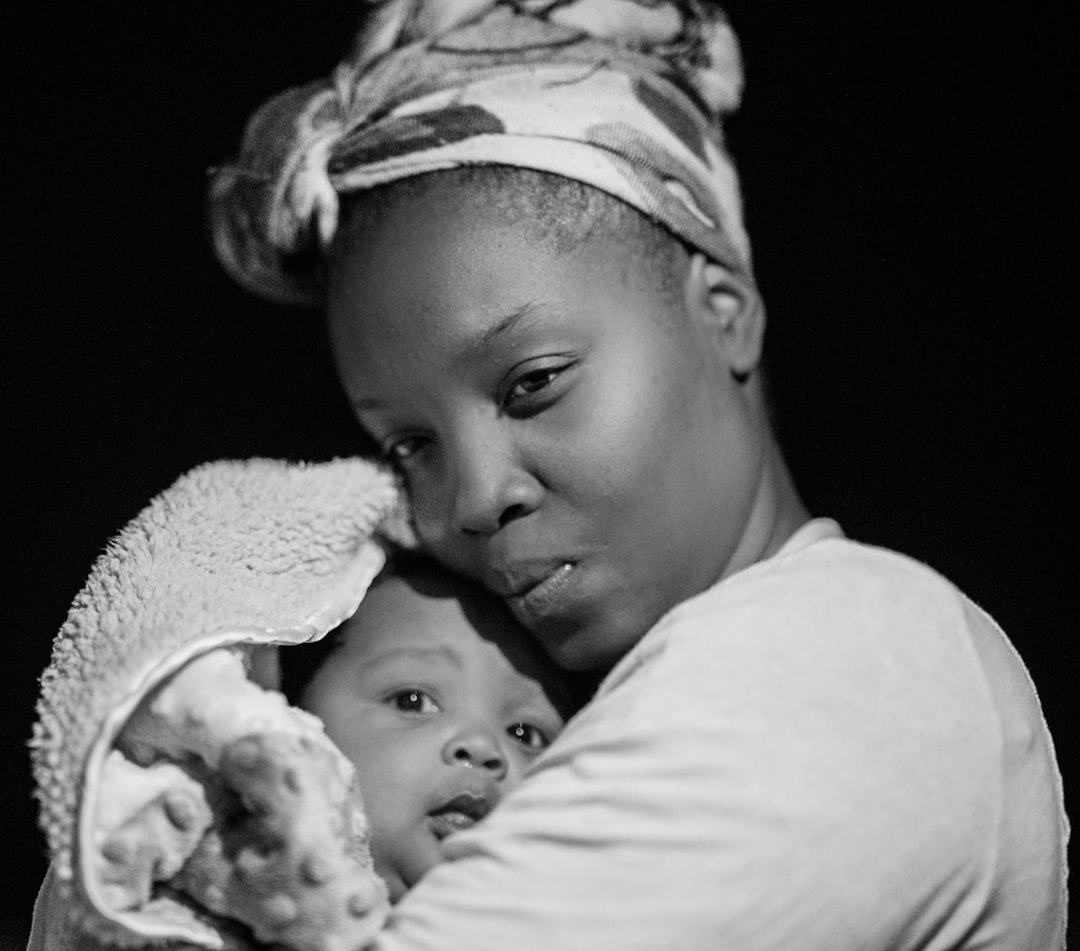What is it about?
• The article reiterates the importance of early referral into Brachial Plexus specialist units in the UK. • Nearly half of children with the injury will not make a full recovery. • As the child develops, other complications often arise such as pain, problems with the shoulder and elbow requiring secondary surgery and difficulty adapting to every day activities. • Main risk factors for a brachial plexus injury include shoulder dystocia, macrosomia, maternal diabetes, instrumental delivery, and breech delivery. • Best practice indicates any traction should be applied carefully, slowly and in an axial direction. ‘Do not pull hard, do not pull quickly and do not pull down.’ (Crufts., 2017).
Featured Image

Photo by Fé Ngô on Unsplash
Why is it important?
This article highlights the importance of the care of OBPP, from delivering the baby safely and recognising a shoulder dystocia to a timely referral to a specialist service which enables the best prognosis for the baby.
Perspectives
I hope this article will add to the fountain of knowledge that midwives and other health professionals have and challenge the concept that brachial plexus injuries will always spontaneously recover. Care pathways can be tricky to navigate and sometimes with rarer conditions we do not appreciate the importance of specialist referrals due to a lack of understanding around the condition.
Amy Swift
Northumbria University
Read the Original
This page is a summary of: A brief overview of obstetric brachial plexus palsy, British Journal of Midwifery, October 2023, Mark Allen Group,
DOI: 10.12968/bjom.2023.31.10.576.
You can read the full text:
Contributors
The following have contributed to this page










